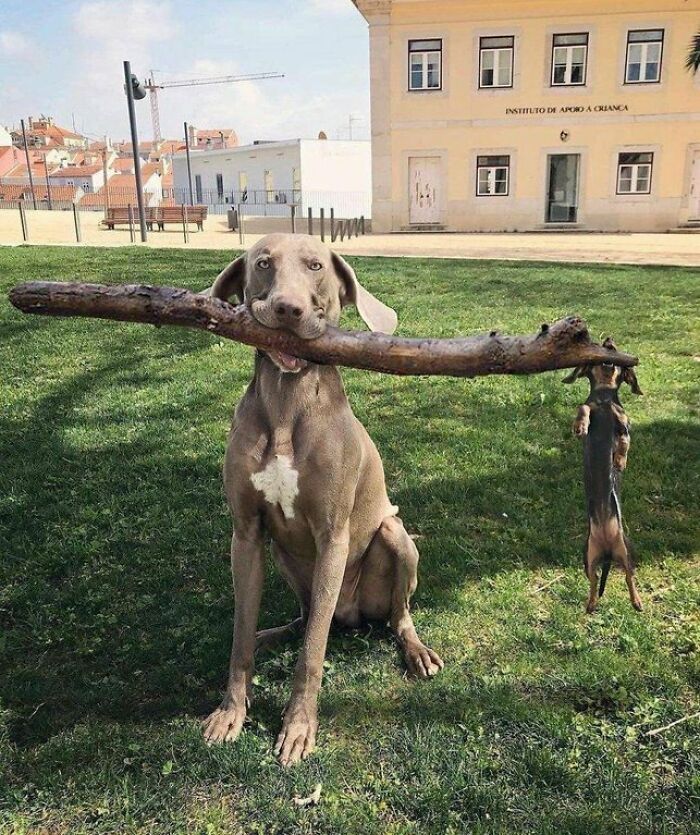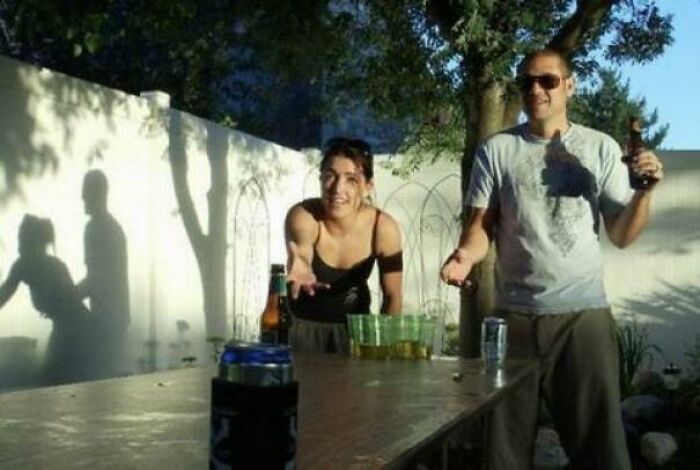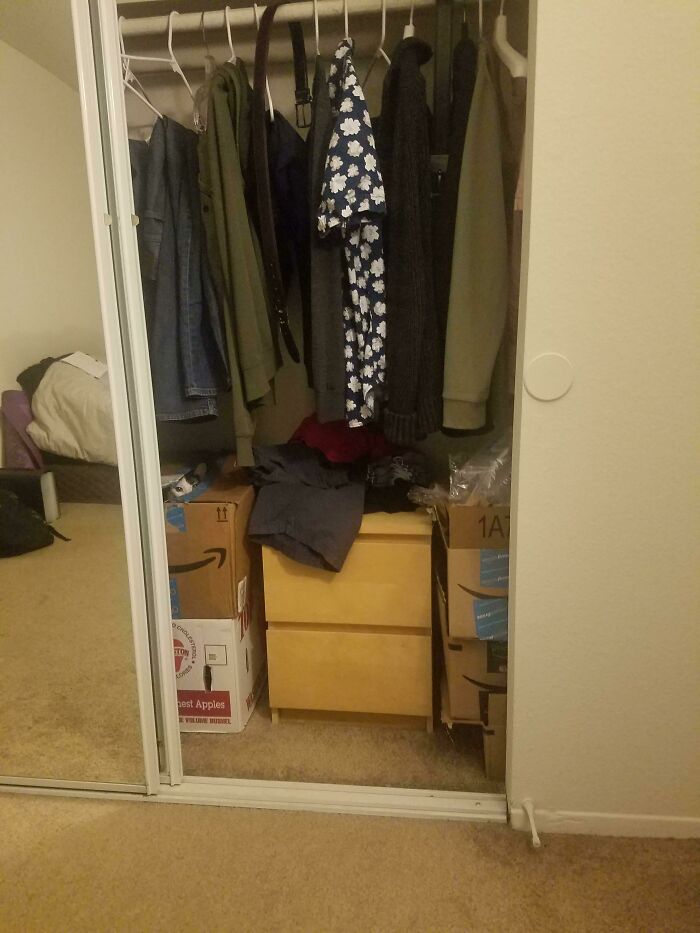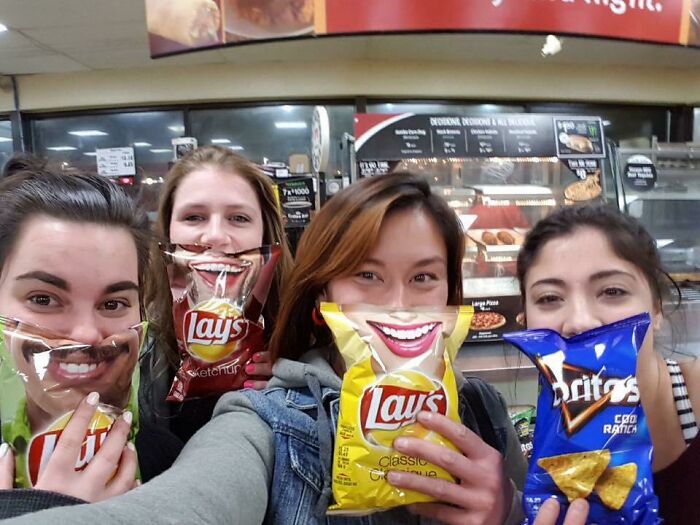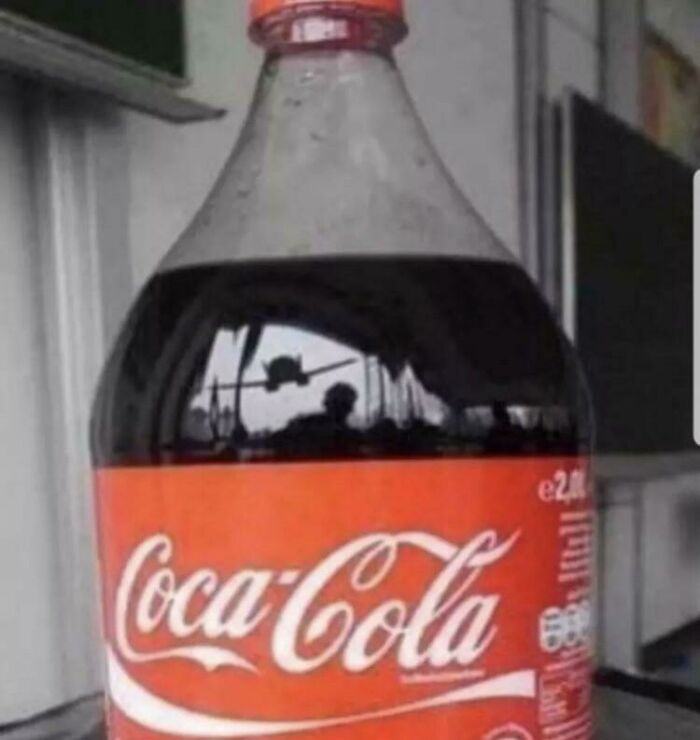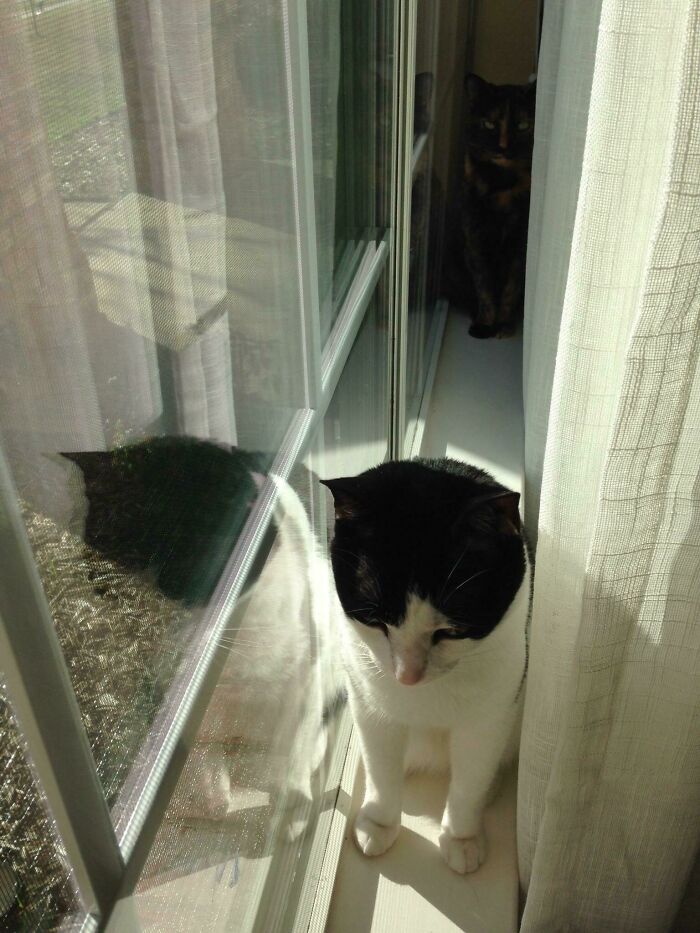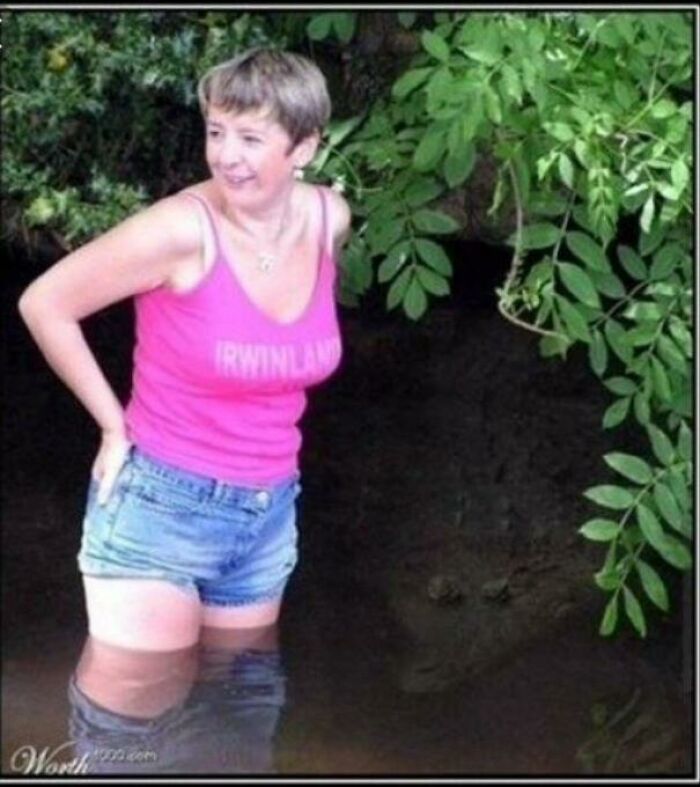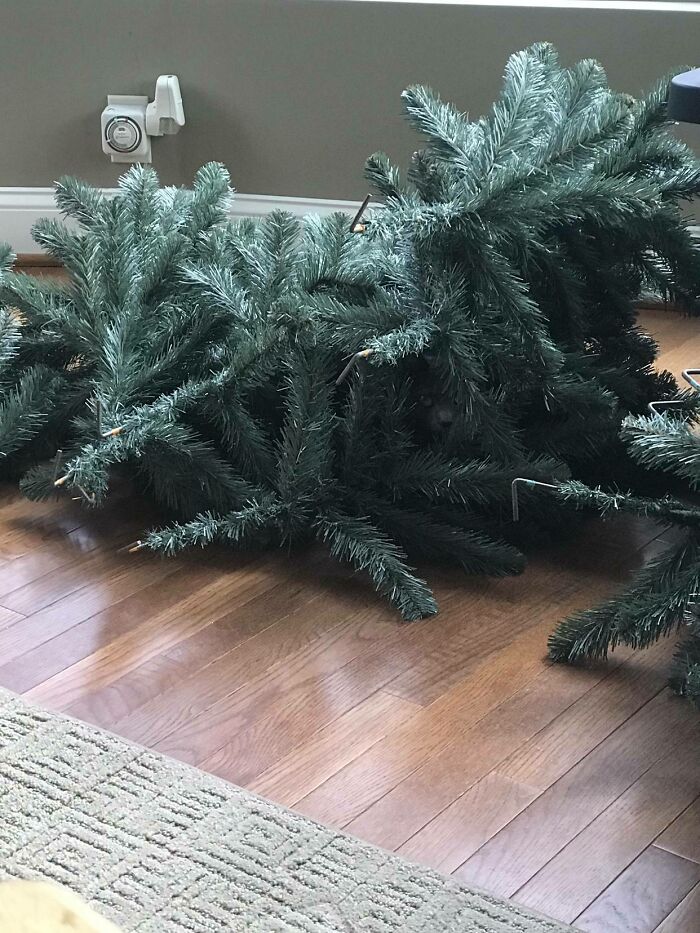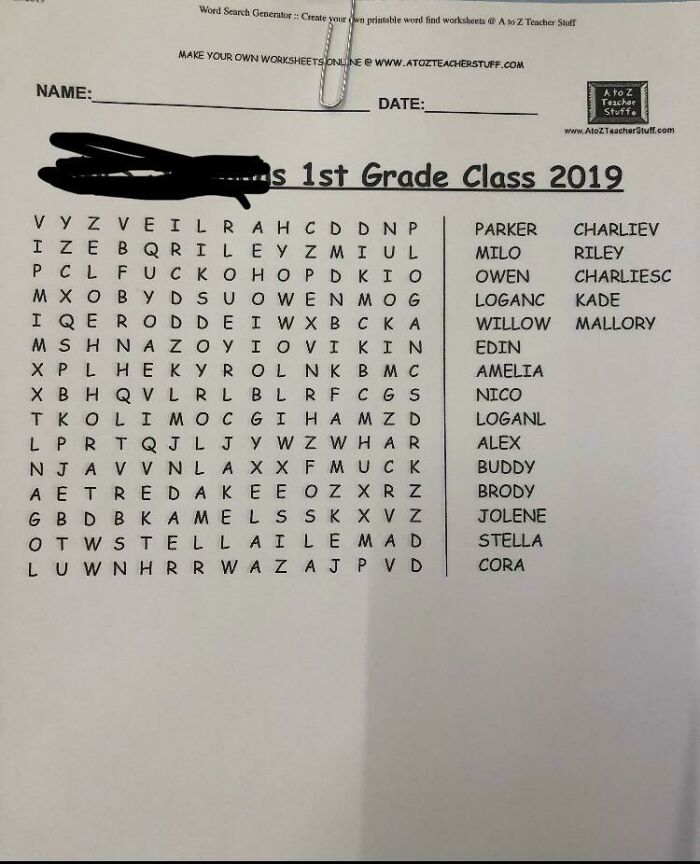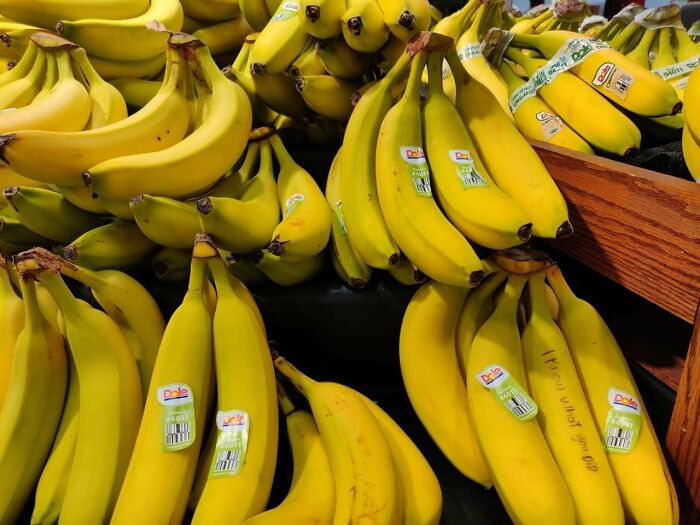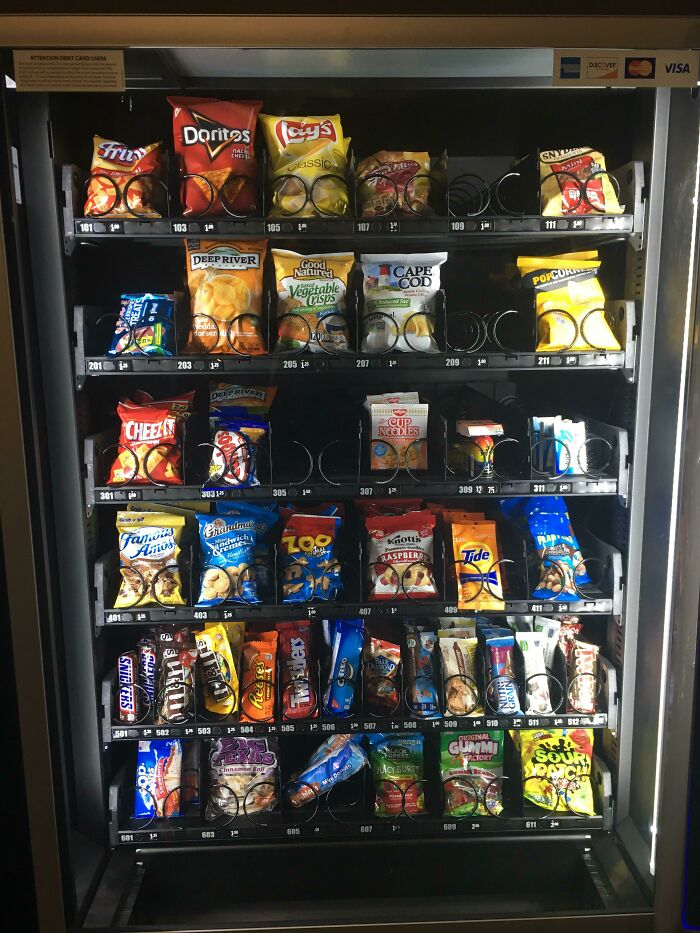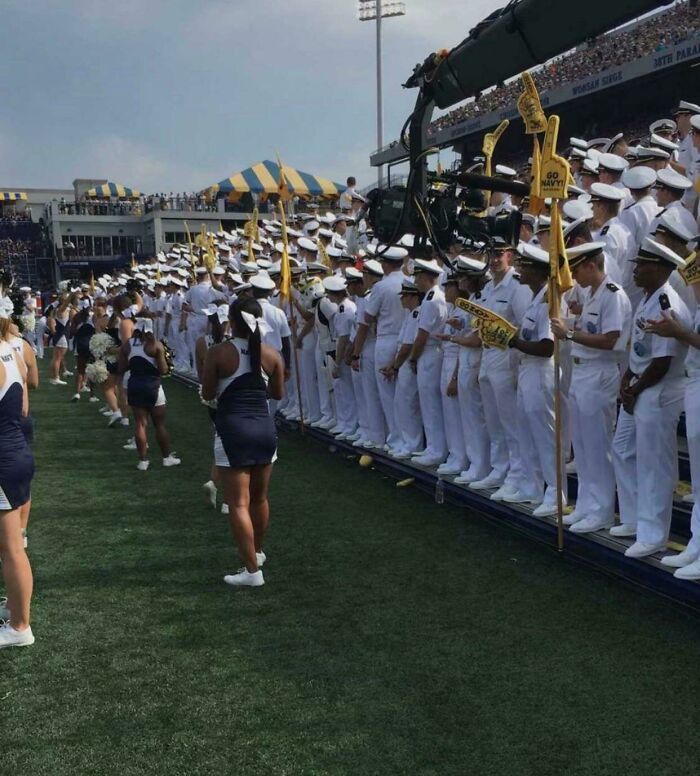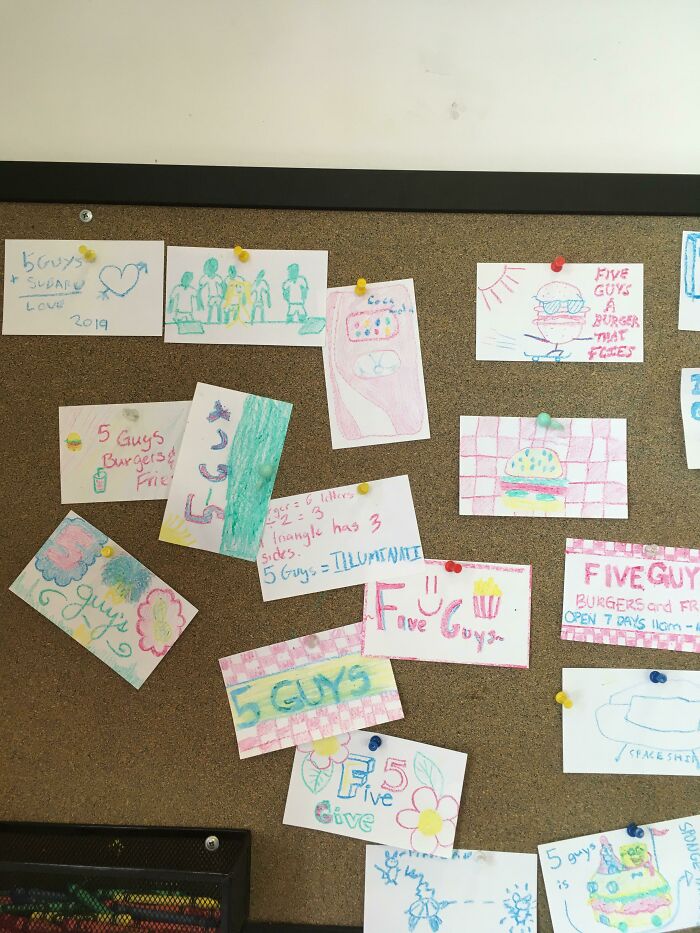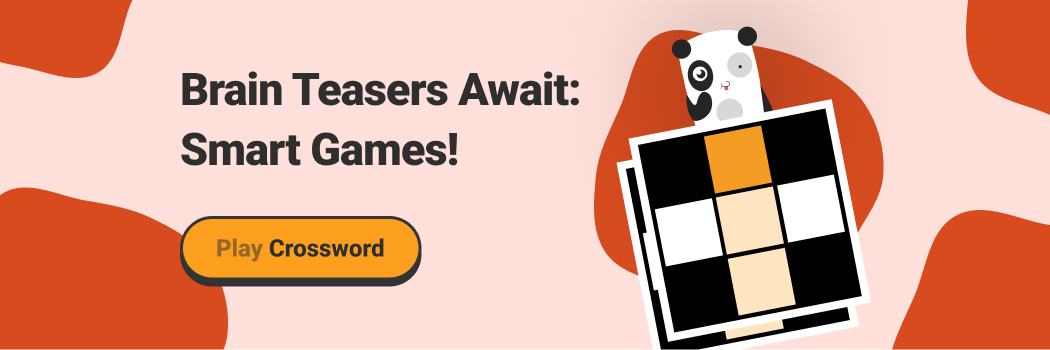
30 Photos That Look Normal At First Glance But Become Hilarious When You Catch The Small Details
There's an online community that likes testing how observant we all are.
These folks post deceiving pictures that seem normal at first, but have unexpected hidden details somewhere in the frame. And the game is to find them!
So we invite you on a quest to unearth everything these images have to offer. Take out your detective magnifying glass for this. You might need it!
This post may include affiliate links.
There is a popular saying that we should not believe everything we hear, highlighting the importance of trusting only what we see with our eyes.
However, recent research has raised doubts about the reliability of our visual perception too. The study was carried out by a team hailing from the University of York and Aston University, both located in England.
The participants were shown photographs featuring life-sized railway scenes where intentional blurring affected the upper and lower sections. Additionally, they were presented with photographs of smaller-scale railway models that were not blurred.
Brain is refusing to believe this one is real. Gotta be Photoshop.
The objective was to compare the images and determine which one represented the actual full-scale railway scene. Interestingly, people consistently perceived the blurred real trains as smaller in size compared to the models.
Dr. Daniel Baker from the University of York said that the visual system heavily relies on estimating distances to determine the true size of objects.
This estimation process takes into account the blurred areas in an image, similar to the out-of-focus regions captured by a camera, but the study revealed that individuals can easily be deceived in their estimations of object size.
Sigh. Oh look, another one I don't know what I'm looking at. Can someone please have pity on me and help?
The pointy part of the bottom of the big snow patch is pointing to a leopards head
I disagree ^^ Even if you know it's there, it's still quite hard to really see it. Natural camo at its best !
Load More Replies...This pic always blows my mind and always has me searching for the sweet kitty lol
Snow leopards are rare, but what if they're really just a lot better at hiding than we even thought. Maybe there's one behind you right now.
My mum and I went to the zoo once and didn't see the snow leopard until the keeper pointed her out.
Only after much looking and reading of comments going well I can't see anything, did I suddenly spot it with a huge intake of breath.... Wow, what an Amazing photograph 😍😍😍
Wow. I knew there had to be a cat in there somewhere. Sort of looked like a toad at first, until I saw the face. Nice.
If you look just barely to the right of the big cats cheek, it looks like the face of a fish. Two eyes and a mouth.
If you look at just barely to the right of the big cats cheek, it looks like the face of a fish. Two eyes and a mouth.
Just under the icicles, and then go straight left...That camo is how this cat survives and gets food.
Did anyone else think this was a smaller scale and that was a frog?
theres a mountain lion i think crouched just under the top snowy patch
My eyes hurt and my brain thinks I'm an idiot for wasting so much time trying to figure this out
The only thing I can see is what looks like a snake in the lower right hand corner.
Edit: i had to up my brightness on my phone to actually see it!
Load More Replies...I see a face attached to the tiny patch up top but don't think that's what I'm supposed to be noticing
Photographers have long taken advantage of this phenomenon through a technique called “tilt-shift miniaturisation," creating the impression of life-sized objects appearing as scale models.
The findings of this particular study demonstrate the remarkable adaptability of the human visual system. While it can accurately perceive size through defocused blur in certain situations, it is also susceptible to other influences that can lead to errors in judging the actual size of objects.
Professor Tim Meese, from Aston University, said, “Our results indicate that human vision can exploit defocus blur to infer perceptual scale but that it does this crudely.”
According to him, the results offer a fresh understanding of the computational processes employed by the human brain when making perceptual judgments about our interaction with the surrounding environment.
I'm partially colourblind and once sat on my parents dog because he was too similar to the colour of the sofa. He wasn't impressed!
However, don't feel bad if these photos have deceived you. Our perception of the world might not be the most accurate, but it has evolved in a way that benefits our survival the most.
By manipulating the context and rewards of visual tasks, another researcher team found that our visual perception, even at the retinal level, changes to maximize personal benefits.
This suggests that cognitive biases may not only affect our decision-making process but also alter our fundamental perception.
ETH Professor Rafael Polania and University of Zurich Professor Todd Hare led a study that shows we unconsciously see things distorted when it comes to our survival, well-being, or other interests.
Polania and his coauthors were able to prove through a series of experiments that people perceive the same things differently when the decision context changes. The 86 participants were asked to repeatedly compare two black-and-white striped patterns – known as Gabor patches – and say which pattern was closer to a 45-degree angle. The aim was to score as many points as possible.
But, really, it could be a t-rex that looks like someone in the middle of a handstand thing.
In the first round, they received 15 points for every correct answer. But in the second round, the decision context changed: it no longer mattered if the answer was right or wrong. Instead, the score increased continuously from 0 to 45 degrees. The participants saw the same pairs in both rounds.
They ought really to have reached the same conclusion both times. This is because when we look at something, our retinas convert the reflected light into visual information that is transmitted to our brain via nerve pathways.
There, they are matched with our prior knowledge and experience and processed to provide a three-dimensional image. The visual information was the same in both rounds.
When the researchers evaluated the experiment, they realized that the participants had adjusted their perceptions in the second round to score as many points as possible. If they actually saw the world objectively, there shouldn’t be any differences between the two rounds.
Participants’ assessments of the Gabor patches’ angles ought to have been the same each time, irrespective of the decision context. But this wasn’t the case: “People flexibly and unconsciously adjust their perceptions when it works to their advantage,” Polania said.
For Polania and his coauthors, inferring that cognitive distortions are errors that cause us to make inaccurate or irrational judgements and decisions is missing the point. “Since our cognitive abilities are limited, it actually makes sense that we perceive the world in a distorted or selective way,” he said.
I'm so bad at these, if I had to live in the wilderness I'd be unalived in less than a day. Thank you, humans, for allowing me to live in your society!
I'm 5 posts in and have to stop. My eyes hurt and my self-esteem is shattered.
I'm so bad at these, if I had to live in the wilderness I'd be unalived in less than a day. Thank you, humans, for allowing me to live in your society!
I'm 5 posts in and have to stop. My eyes hurt and my self-esteem is shattered.

 Dark Mode
Dark Mode 

 No fees, cancel anytime
No fees, cancel anytime 













